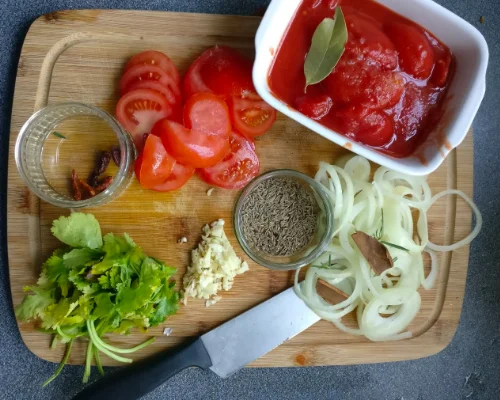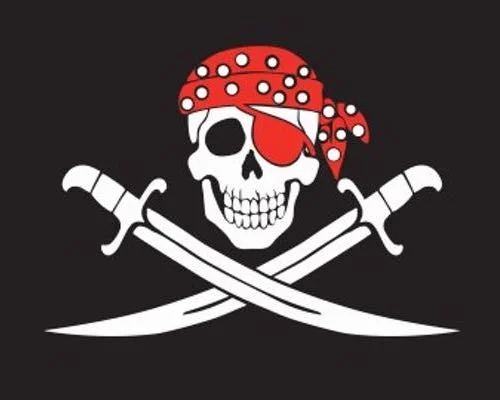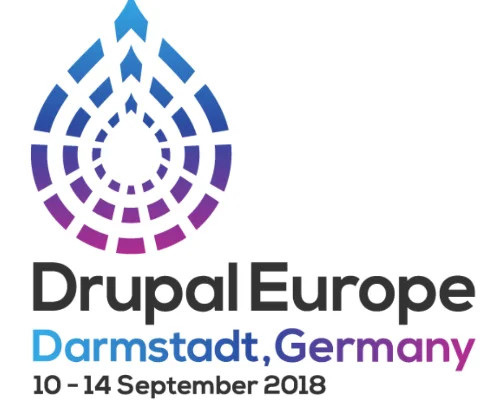Agile beyond tech - key ingredients
This post started of as an email to Yashin Lin from Elizabeth Glaser Pediatric AIDS Foundation, Yashin reached out for advise on applying agile practices in non-technical teams in the social/international development sector.
This post is a guide I intend to keep building on, so do check back for updates or subscribe to be kept updated.Introducing agility to teams, programs and organisations is less about selecting the appropriate agile framework and more about changing the culture, mindset of the teams and the organisation designing and delivering such programs of work.Agile is a mindset, a worldview, not a set of how-to’s. However there are procedures and practices that teams in the development sector can borrow from Agile frameworks;
to introduce agility to their teams and programs
to curtail waste and inefficiencies,
reduce time to market and 'take-to-market' costs
improve the design, delivery, monitoring and impact of their teams and programs.
At Peace Through Prosperity we have borrowed practices and tools from multiple agile frameworks to do just that. These are as follows:
1) Persona development and Empathy mapping to develop a deeper understanding of our target audience and their ecosystem. These tools have been invaluable in our ability to identify specific pain and touch points for our target audience and provided exploratory avenues/options to address them from a holistic point of view.
"Poverty, radicalisation, corruption, crime and extremism do not exist in silos, neither should transformative programs designed to address them."
2) Touch point analysis to understand the multiple channels that can be utilised to engage our target audience (beneficiaries), as well as wider stakeholders and actors in the ecosystem to address a range of direct and indirect issues from financial inclusion to re-building the trust between marginalised communities and state institutions.
3) Möbius Loop / agile hot-housing to explore the issues with a cross functional team representing the ecosystem and it's multiple actors and stakeholders. This approach has been invaluable, it has helped us improve the inputs to our discovery and the output of the design phase for our development programs. Although most program designs take a holistic view Möbius has allowed us to frame the challenges, options, programs, metrics and processes to inspect and adapt in a holistic canvas.
"Those familiar with Soft Systems will find many parallels between Rich Pictures and the Mobius Canvas, those not familiar with Rich Pictures from Peter Checkland's Soft Systems Methodology, I would highly recommend reading up on it.”
4) Taking a minimum viable product (MvP) approach minimised cost and time to market for our programs. Combining a fail fast, inspect and adapt mindset allowed us to experiment with a variety of mini-projects and engagement models at the grass root level that have all lead to improvements to our main program body. Improving our ability to focus on and deliver desired impact through experimentation and incremental improvements.
5) Using Kanban boards has enabled the team to better manage work load and maintain program visibility across multiple program streams. WiP limits have been particularly beneficial in identifying bottlenecks before they become an issue and to shift resources to address them as and when identified.
6) The concept of an incrementally refined Product/Program Backlog continually proves to be invaluable in decomposing a mammoth undertaking into 'digestible’ chunks, and to continually add to it, priorities it and track progress. User Stories continually prove to be a powerful tool in engaging our own team as well as our target audience, actors and stakeholders in the ecosystem. In fact Peace Through prosperity’s own origin began with an Epic:
As a responsible and enabled global citizen I want to package and disseminate appropriate knowledge, tools and frameworks to grass root activists so that they are able to course correct the transformation of their communities.
7) Sprints (2 week time boxes) have been invaluable in focusing the team on short term goals and decomposing a mammoth undertaking into 'digestible' chunks. As well as building up team courage, commitment and visibilty to their own ability to impact affective change. Likewise ceremonies such as sprint planning, review and retrospectives have all played their part in enabling the Peace Through Prosperity team in delivering impactful work for the communities we work with.
8) Pairing (pair programming) has proved to be effective in building trust and commitment within the team. Of note is the team's composition, a very diverse group often at odds along ethnic and linguistic lines from the same marginalised communities Peace Through Prosperity works in. In plain English this practise equates to pairing individuals on tasks. We have found pairing to be an effective tool to build trust, openness, provide security in unfamiliar neighborhoods and communities as well as to reduce on-boarding times for new hires.
9) Daily standups have been invaluable in keeping the team focused, coordinated and able to provide on-demand support to eachother. Our field teams work in different parts of the city amongst different communities under varying types of socio-economic and civic pressures. Whilst sub-teams are responsible for particular neighbourhoods and communities, daily synchronisation allows sub teams to jump in and assist their peers as and when required in neighbourhoods beyond their direct remit, as well as benefit from the wisdom of the wider team to overcome blockers to their tasks and progress on any given day.
10) Retrospectives - fortnightly sprint retrospectives have allowed the Peace Through Prosperity team to pause, inspect their progress and milestones in flight and adapt for the next sprint accordingly. Its easier said than done, I plan to pen a post on my own experiences of introducing, nurturing an Agile mindset, values, practices and tools at Peace Through Prosperity, but that’ll have to wait for a bit. In the mean time I’d recommend deep diving into the tools I’ve posted above, get to know them and assess their viability for your teams and programs.
Run a pilot, start small, learn, inspect, adapt and if possible engage an Agile coach to facilitate your journey towards agility. If you are introducing Agile in a team or organization in the social/international development sector, feel free to reach out to me over Linkedin and/or Twitter, I will as and when possible make myself available for a call to assist you where I can (commitments permitting).
Lastly, If you got value from what I have shared please consider giving back by contributing towards Peace Through Prosperity, you can follow, broadcast or donate.
Peace Through Prosperity (PTP) improves the local/domestic environment for peace by nurturing prosperity in conflict affected geographies.
We work to alleviate poverty, prevent radicalisation through empowering micro-entrepreneurs with knowledge, skills, ability and increasing their access to income and opportunities.
We support small businesses, owned/managed by vulnerable and marginalised individuals/groups in society.
Peace Through Prosperity (PTP) is innovating social transformation design and delivery by using Agile principles and practices to create and deliver low cost, immediate and lasting impact social development programs in ‘at risk’ communities.









